Ladies First at the ADAA Art Show
Women artists are ubiquitous at the most august of the week's art fairs, from canonical figures like Lee Krasner and Lee Bontecou to lesser-known figures like Zilia Sánchez and Evelyn Statsinger.
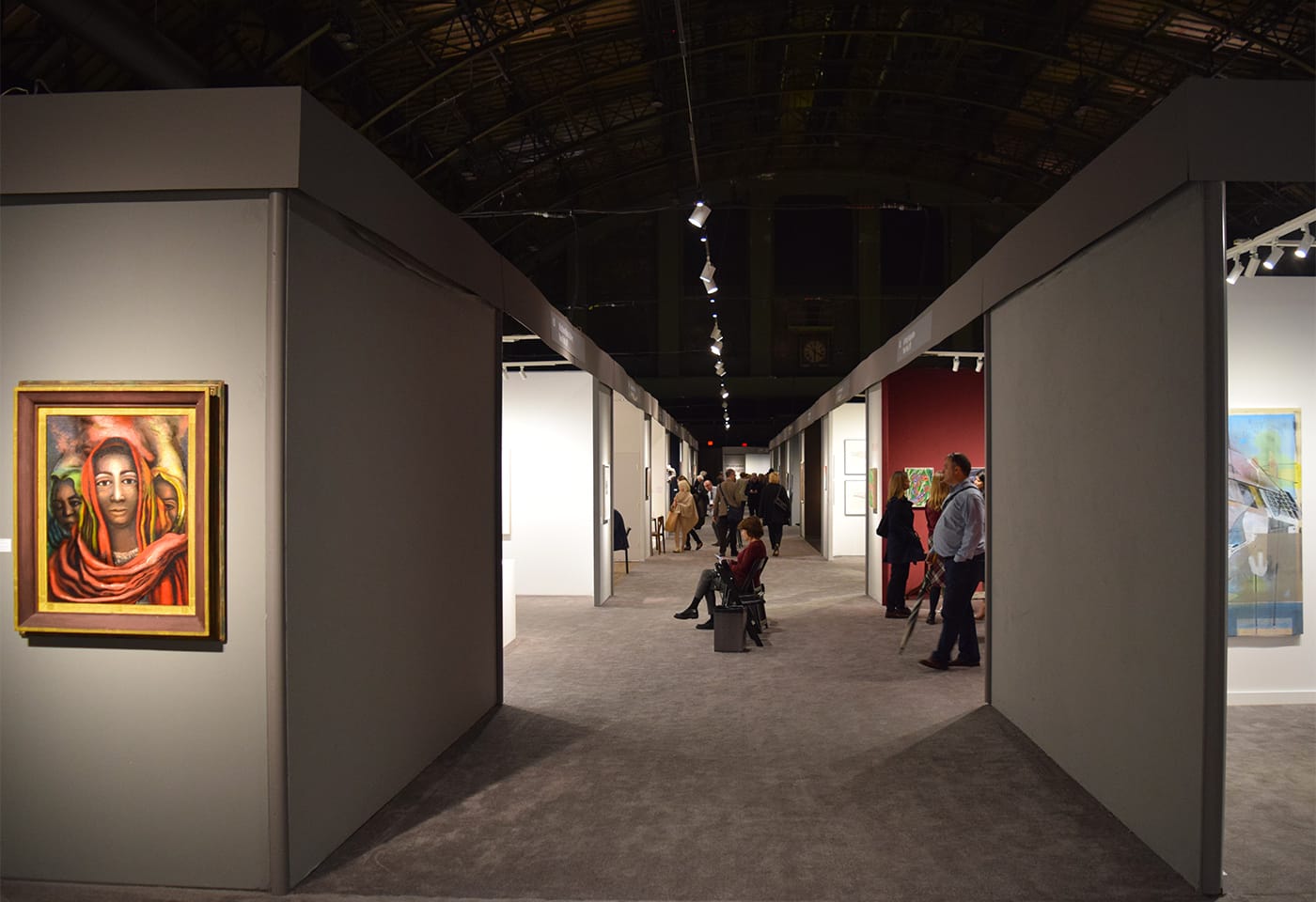
It’s so refreshing to visit an art fair dominated by women artists, all the more so when it’s the Art Dealers Association of America’s Art Show, which serves some kind of gatekeeper function as a fair particularly concerned with defining and promoting the canon of modern and contemporary art. For this year’s edition of the fair, 72 exhibitors have filled the Park Avenue Armory, and what feels (to me and others) like a record number of them have devoted their booths to women.
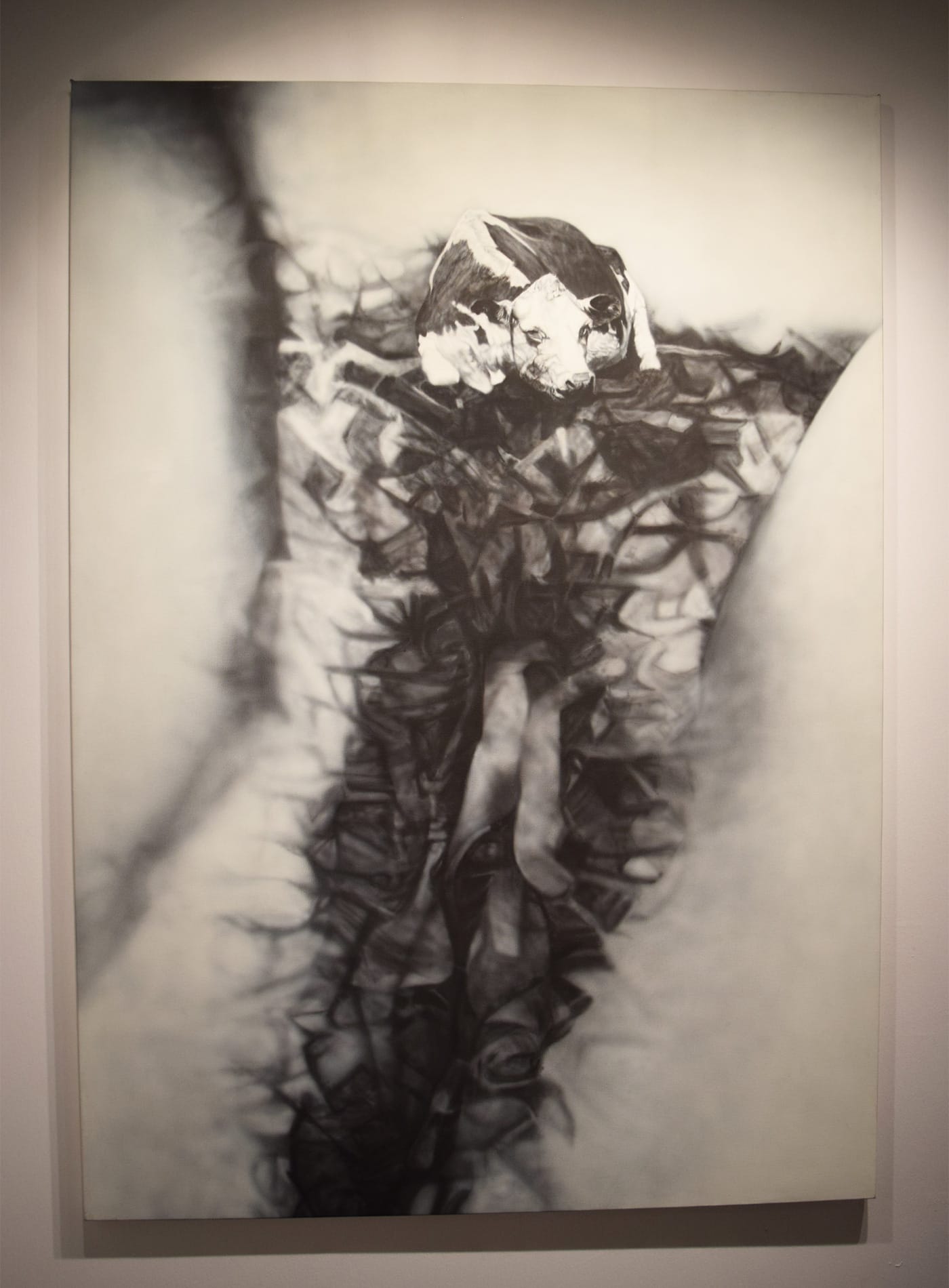
There are solo presentations of contemporary stars like Huma Bhabha (Salon 94), Joyce Pensato (Petzel), and Betty Tompkins (PPOW), and enshrined masters like Lee Krasner (Paul Kasmin Gallery), Louise Bourgeois (Peter Blum Gallery), and Lee Bontecou and Jay DeFeo (Marc Selwyn Fine Art). There’s a historical presentation devoted to the influential Downtown Gallery that Edith Halpert founded in Greenwich Village in 1926 (James Reinish & Associates, Inc.). Finally, there are booths devoted to rigorous conceptualists like the Land artist Michelle Stuart (Leslie Tonkonow Artworks + Projects) and the playful interventions of Liliana Porter (Hosfelt).
The fair offers many opportunities to enjoy compact surveys of late artists who were woefully under-recognized during their lifetimes (like Birgit Jürgenssen, Dorothy Antoinette LaSelle, and Evelyn Statsinger). It’s also a place to get acquainted with the evolving work of women artists at different stages of their careers (including Elisheva Biernoff, Zilia Sánchez, and Kay WalkingStick). The fair’s hushed and (relatively) calm atmosphere makes it that much easier to delve deeply into these artists’ works.
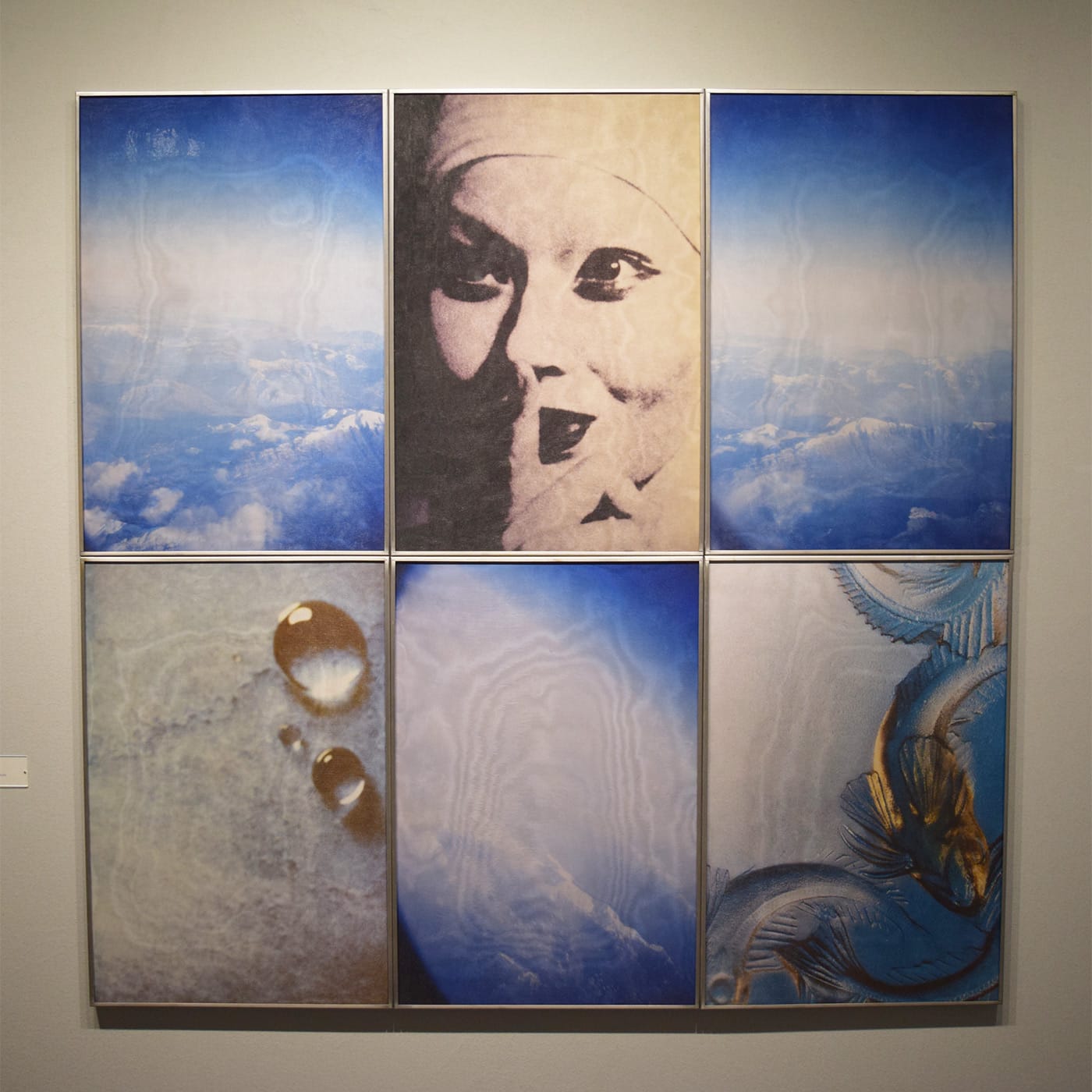
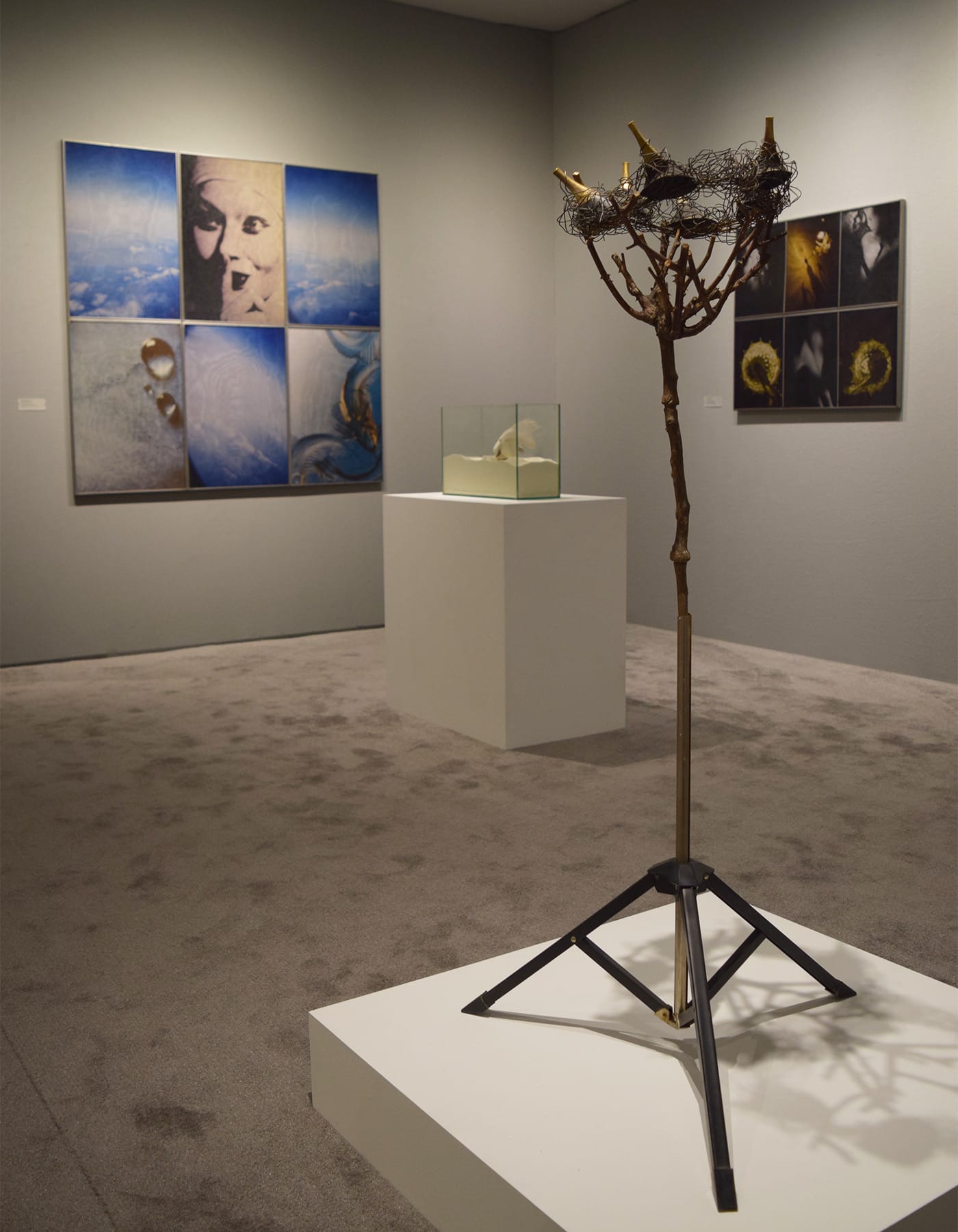
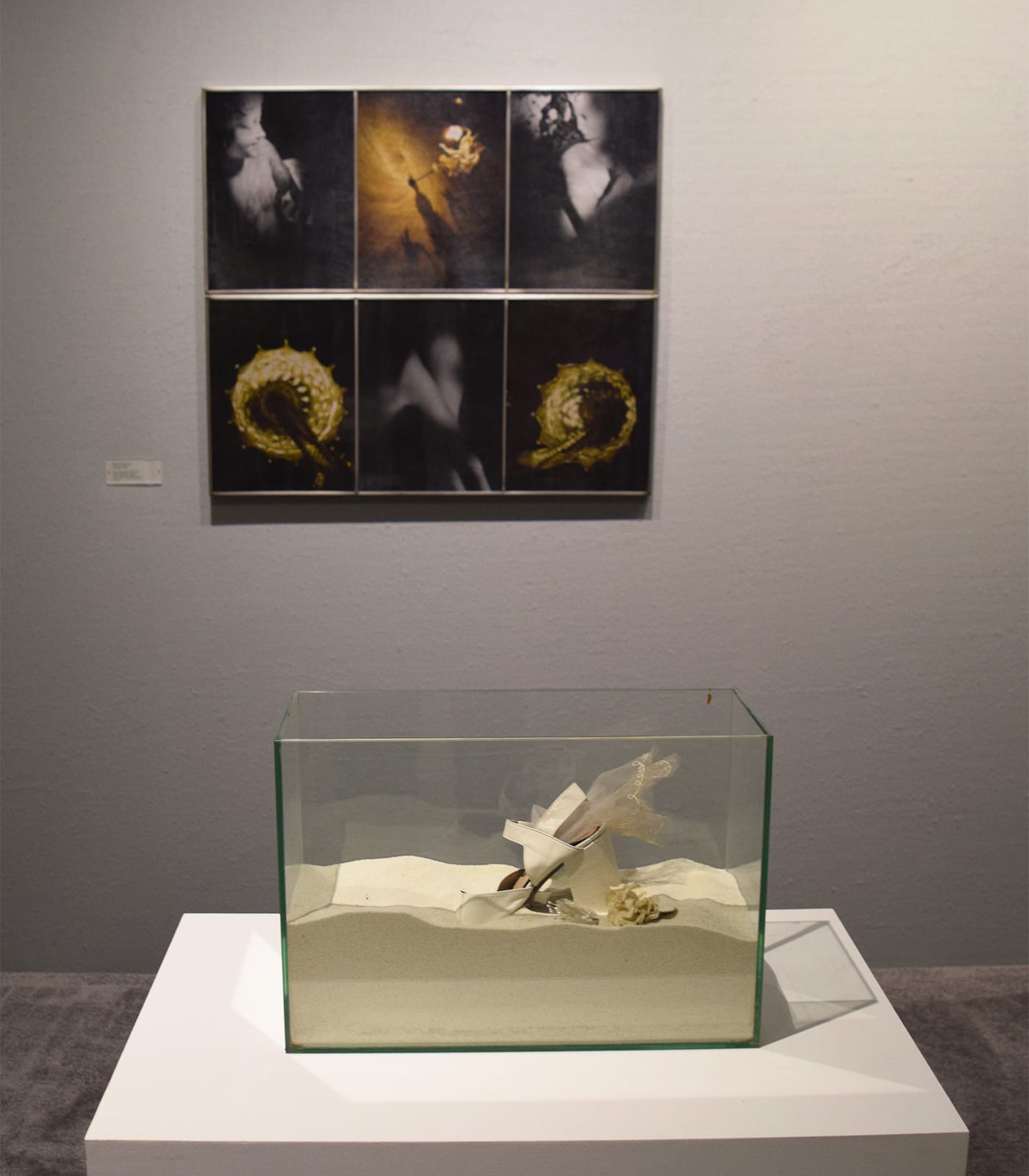

Fergus McCaffrey’s booth devoted to Austrian Birgit Jürgenssen spans three distinct bodies of work. It includes her overtly feminist photography, her sculptural assemblages that take up similar themes in somewhat more ambiguous arrangements, and her more enigmatic but startling grids of found and original photographs under fabric. Spanning the 1970s to the ’90s and all those materials, the work nevertheless feels unified and begs for a more comprehensive institutional survey.
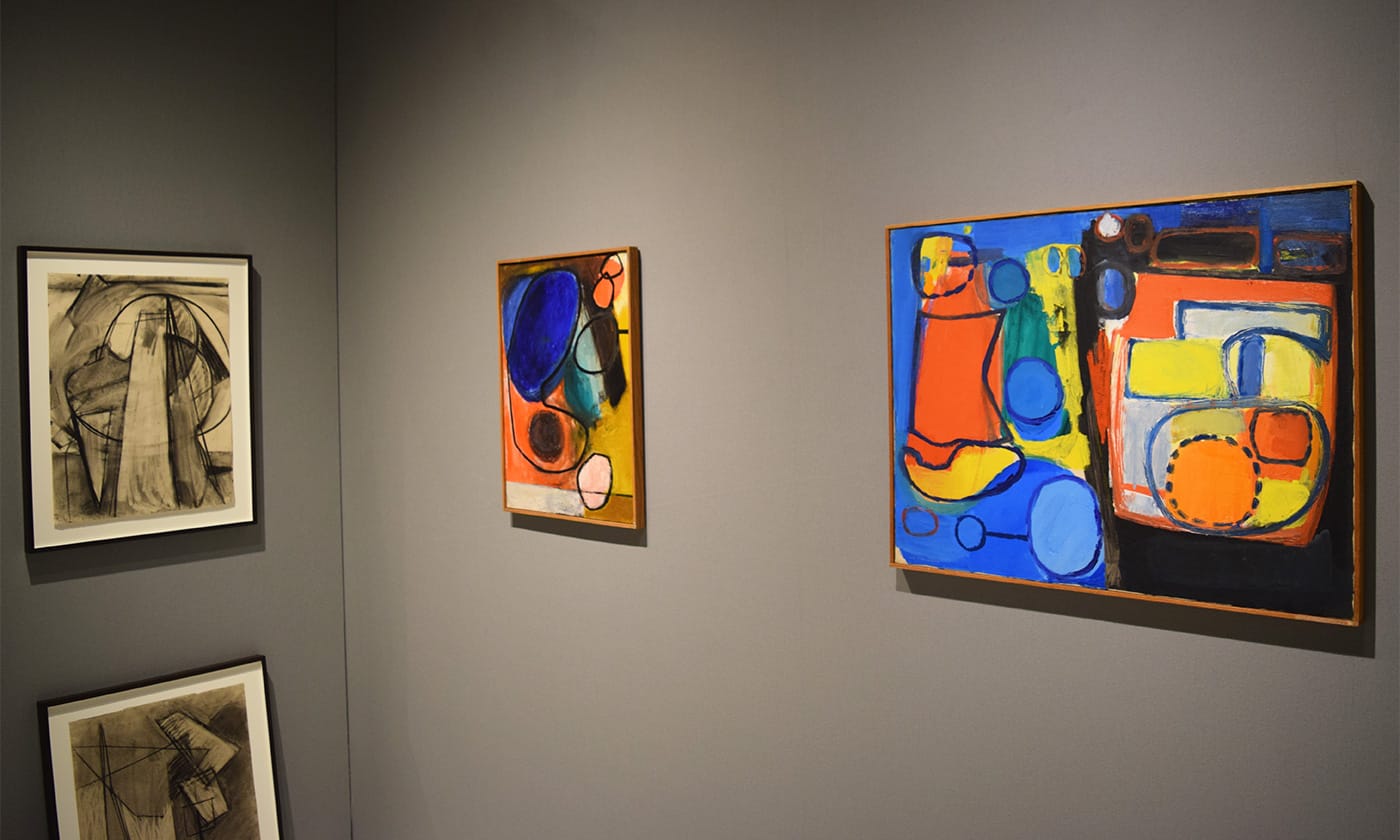
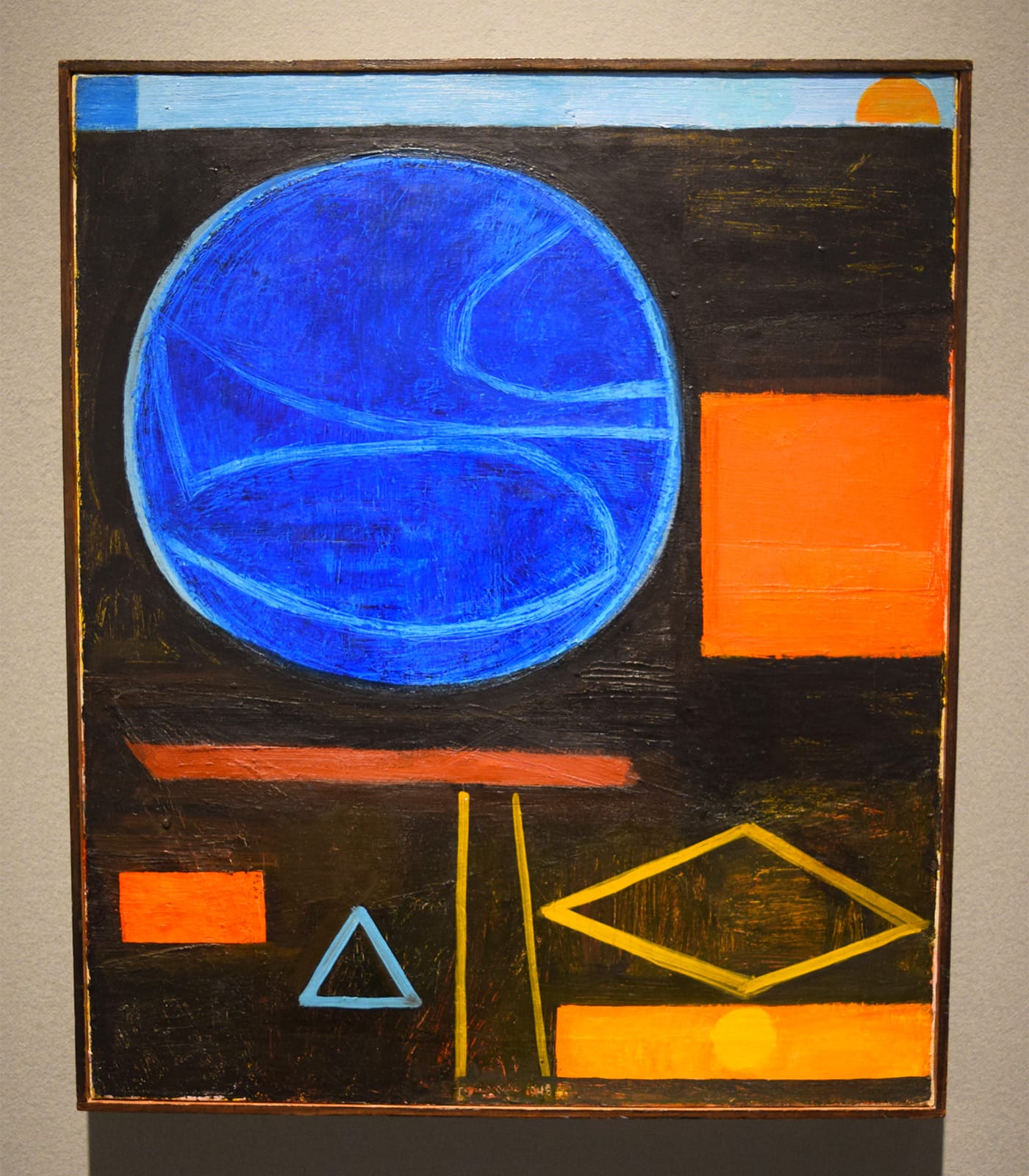
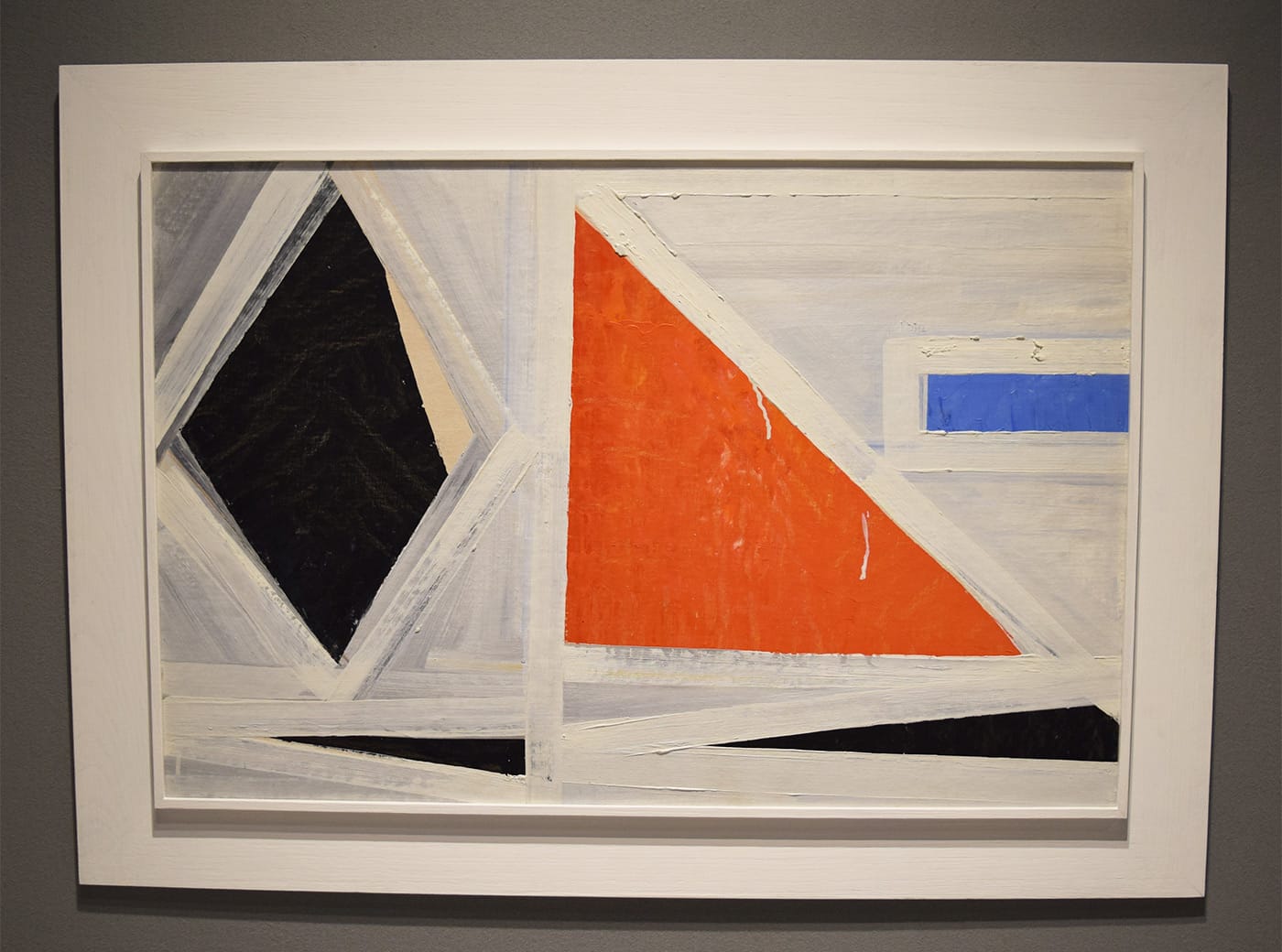
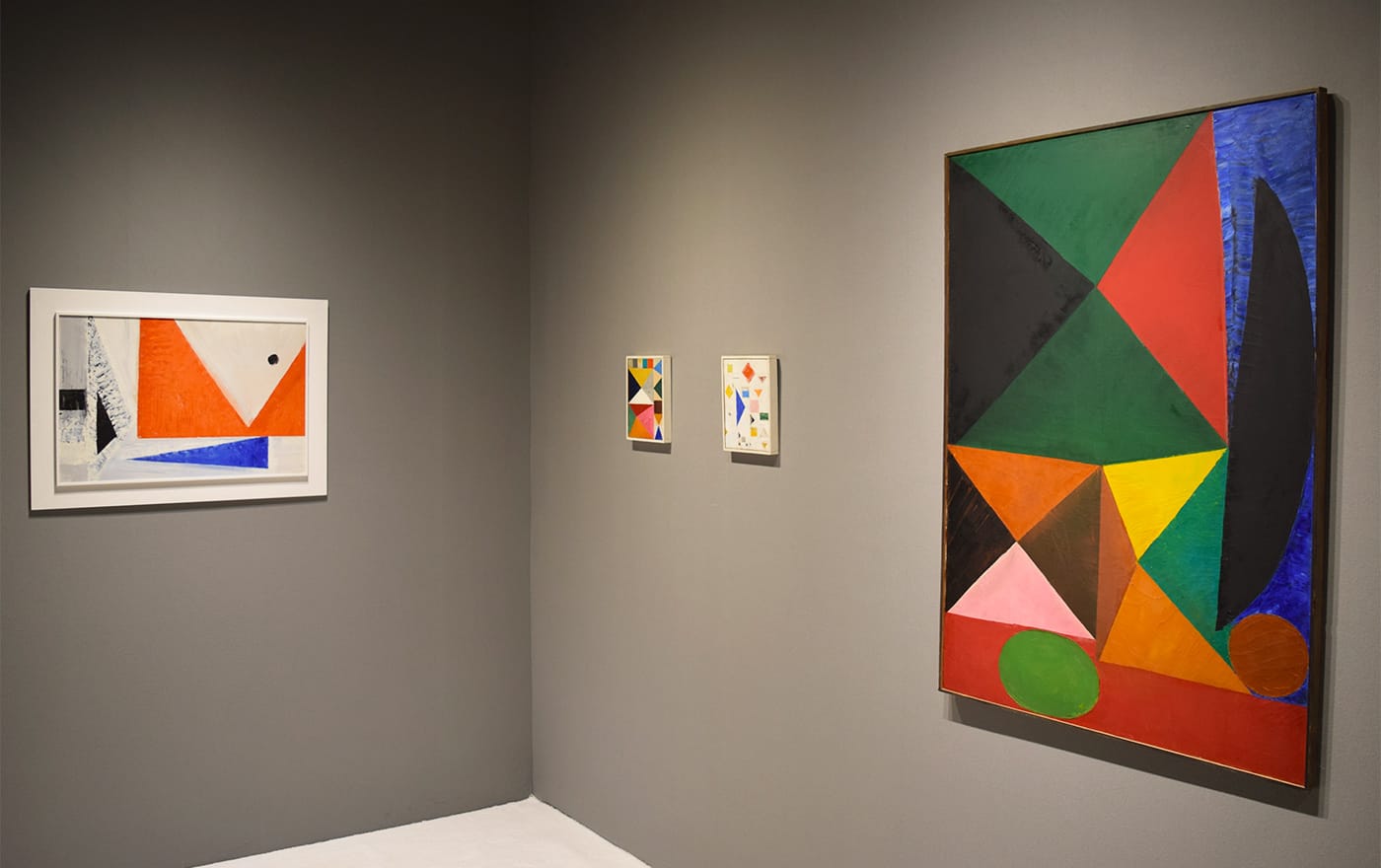
Houston’s Inman Gallery is showing the startling geometric abstractions of Dorothy Antoinette LaSelle, an artist who was well known in Texas but has received little exposure elsewhere since her death in 2002. The works on view here, all made between 1946 and 1956, feel vibrant and exciting, occasionally flickering with a suggestion of figurative subject matter amid their popping hues and strong lines.
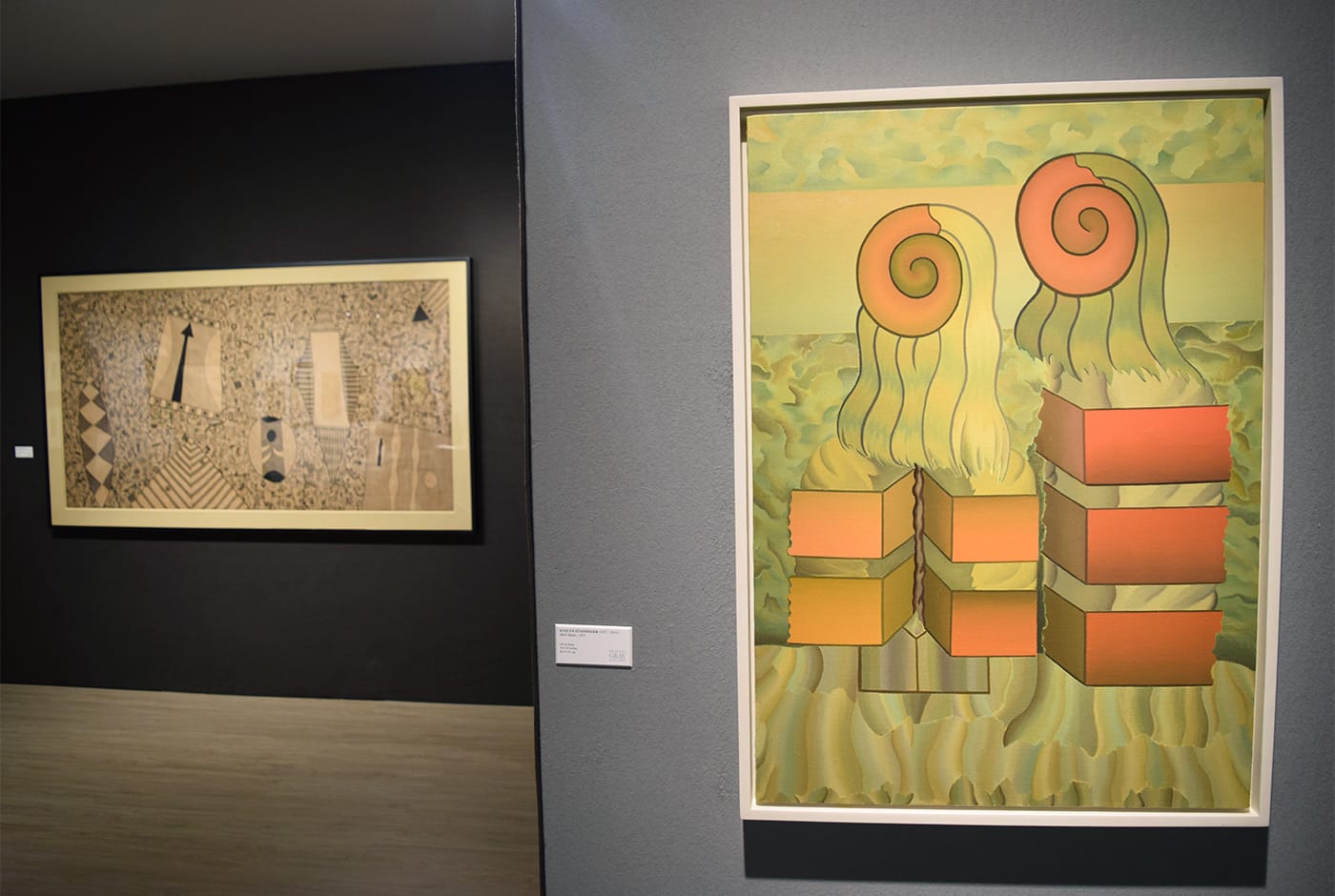
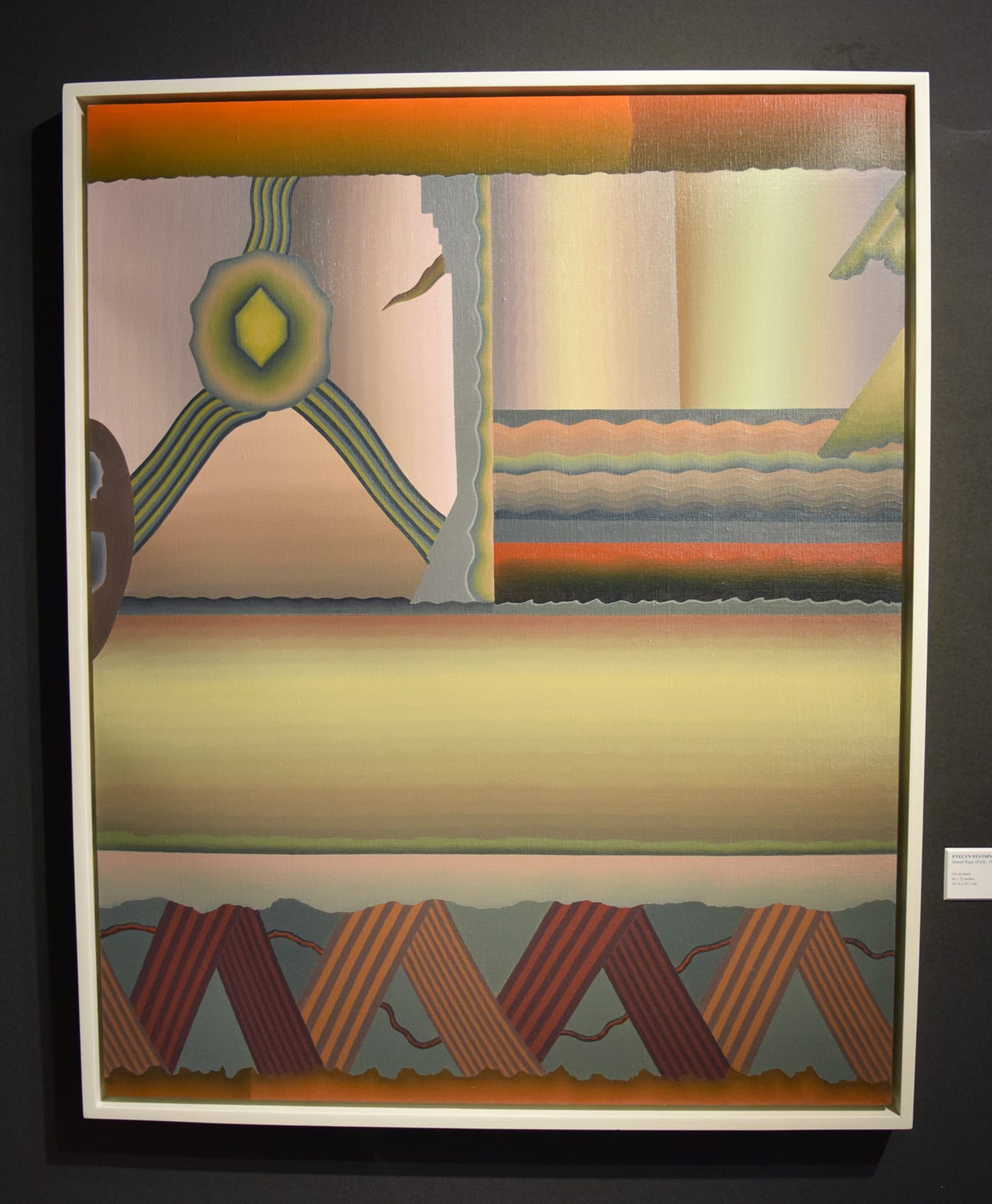

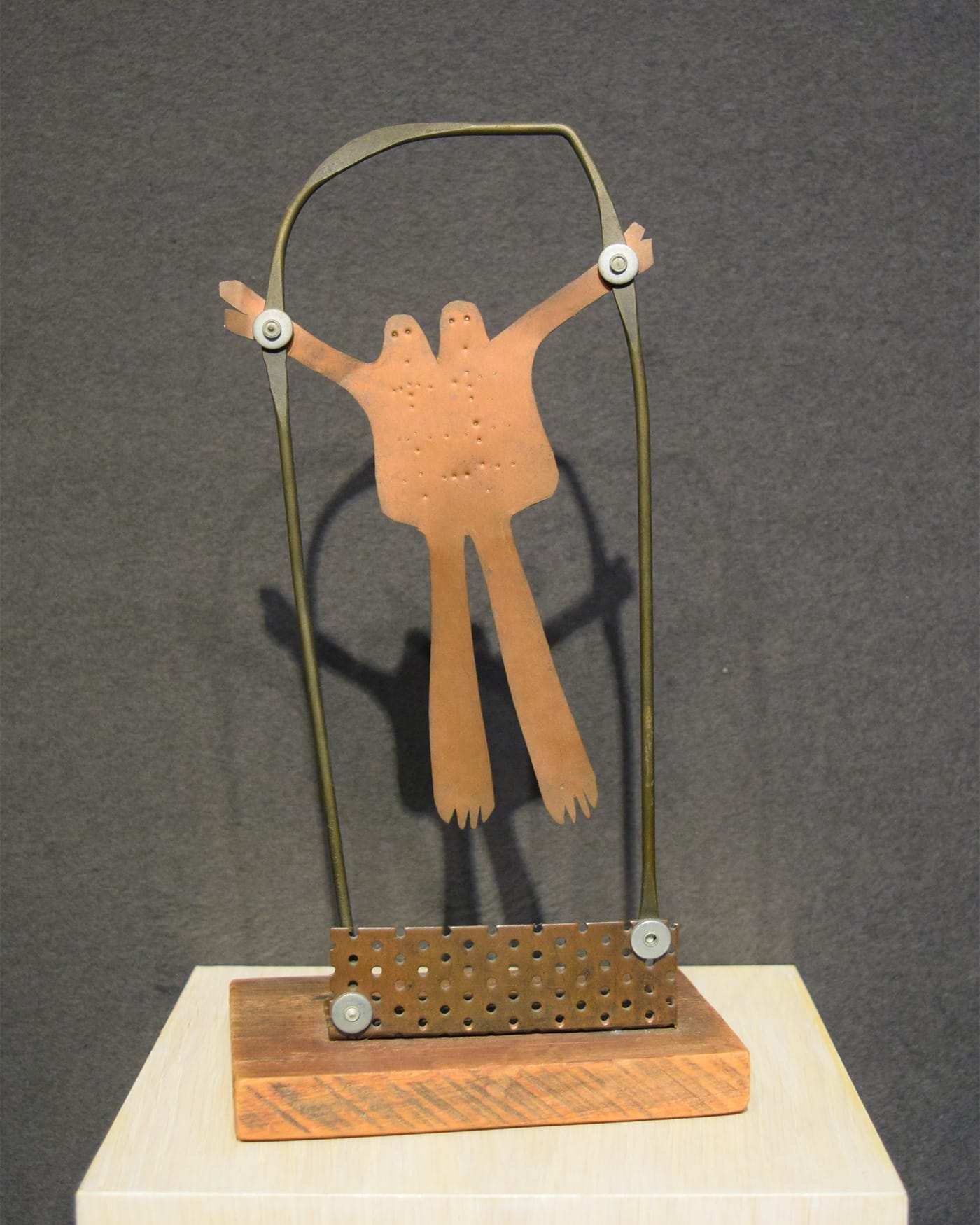
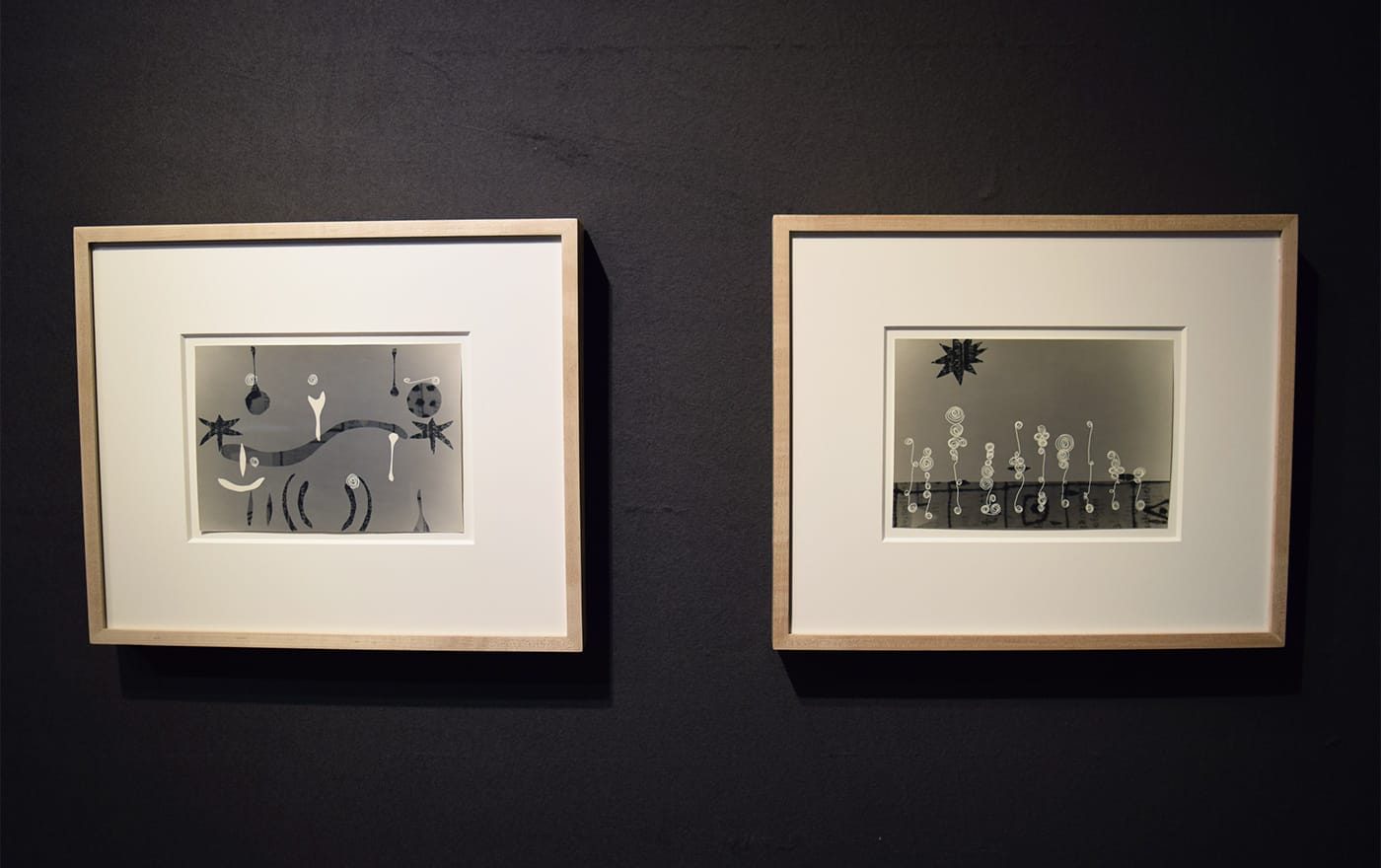
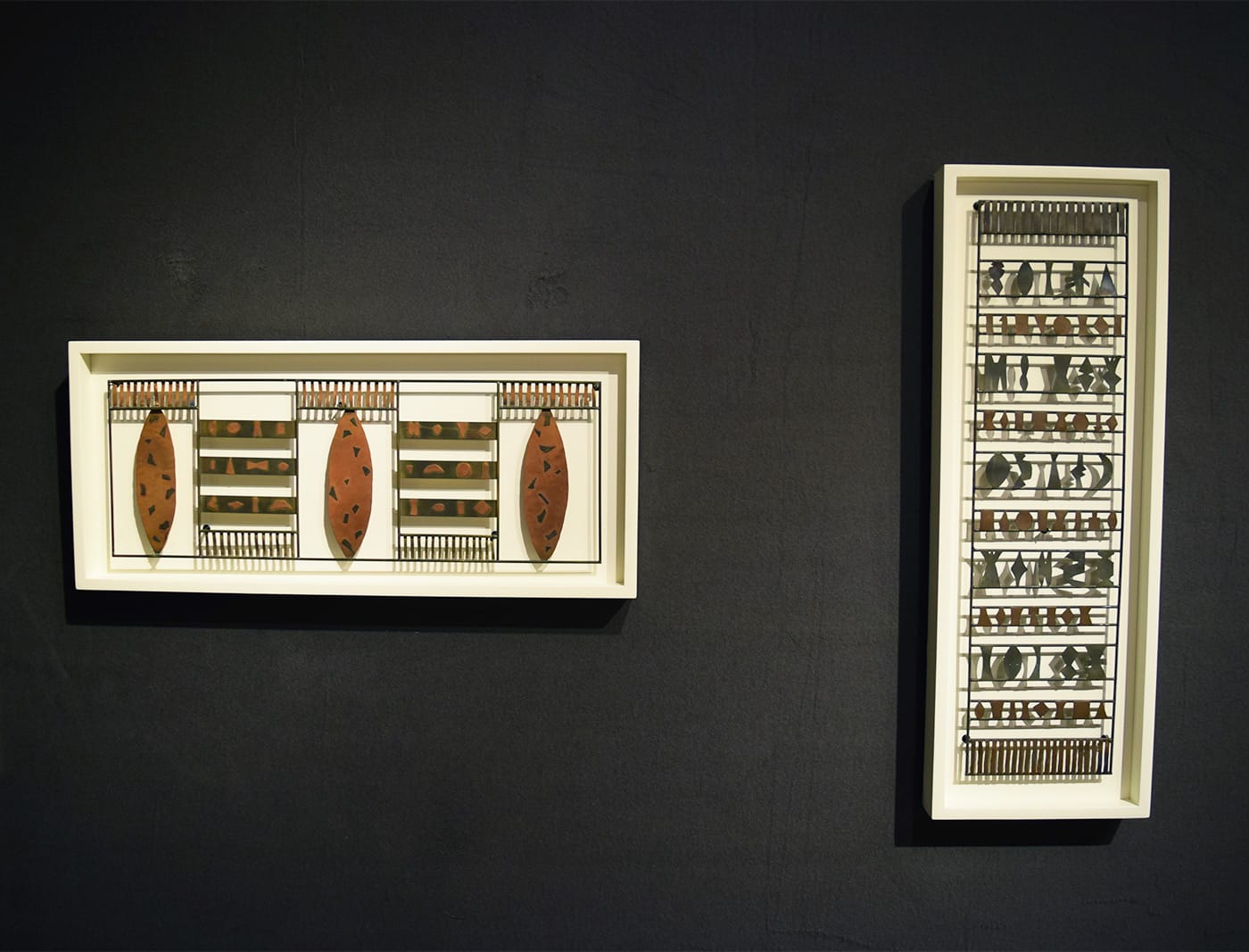
No other artist featured at the ADAA Art Show this year is as dexterous as Evelyn Statsinger. Richard Gray Gallery’s booth features a full spread of work by the Chicagoan artist, who died last year, from her colorful and whimsical paintings of the 1970s — which often caused her to be lumped in with the Chicago Imagists — to earlier experiments with photograms, monoprints, and sculpture.
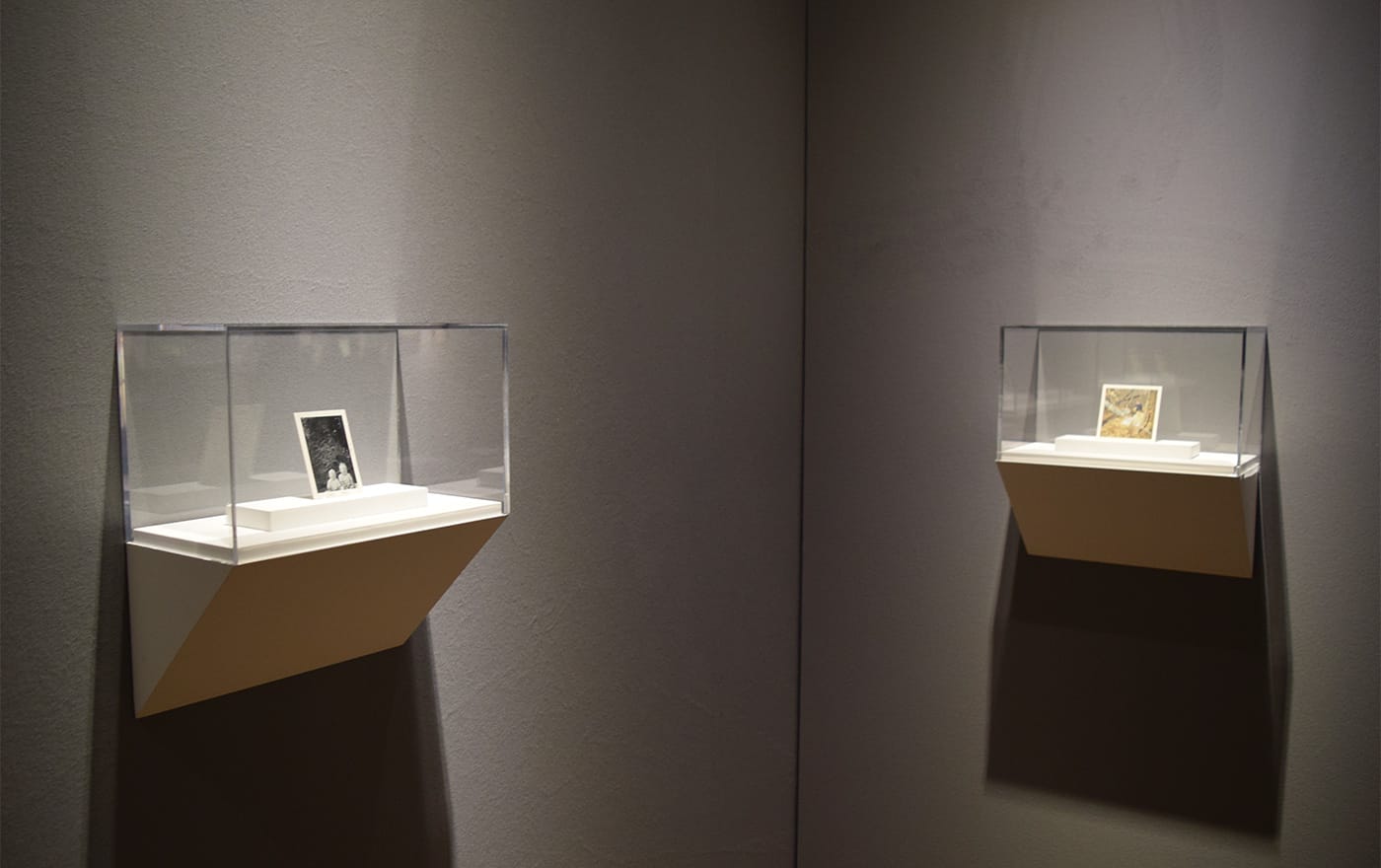
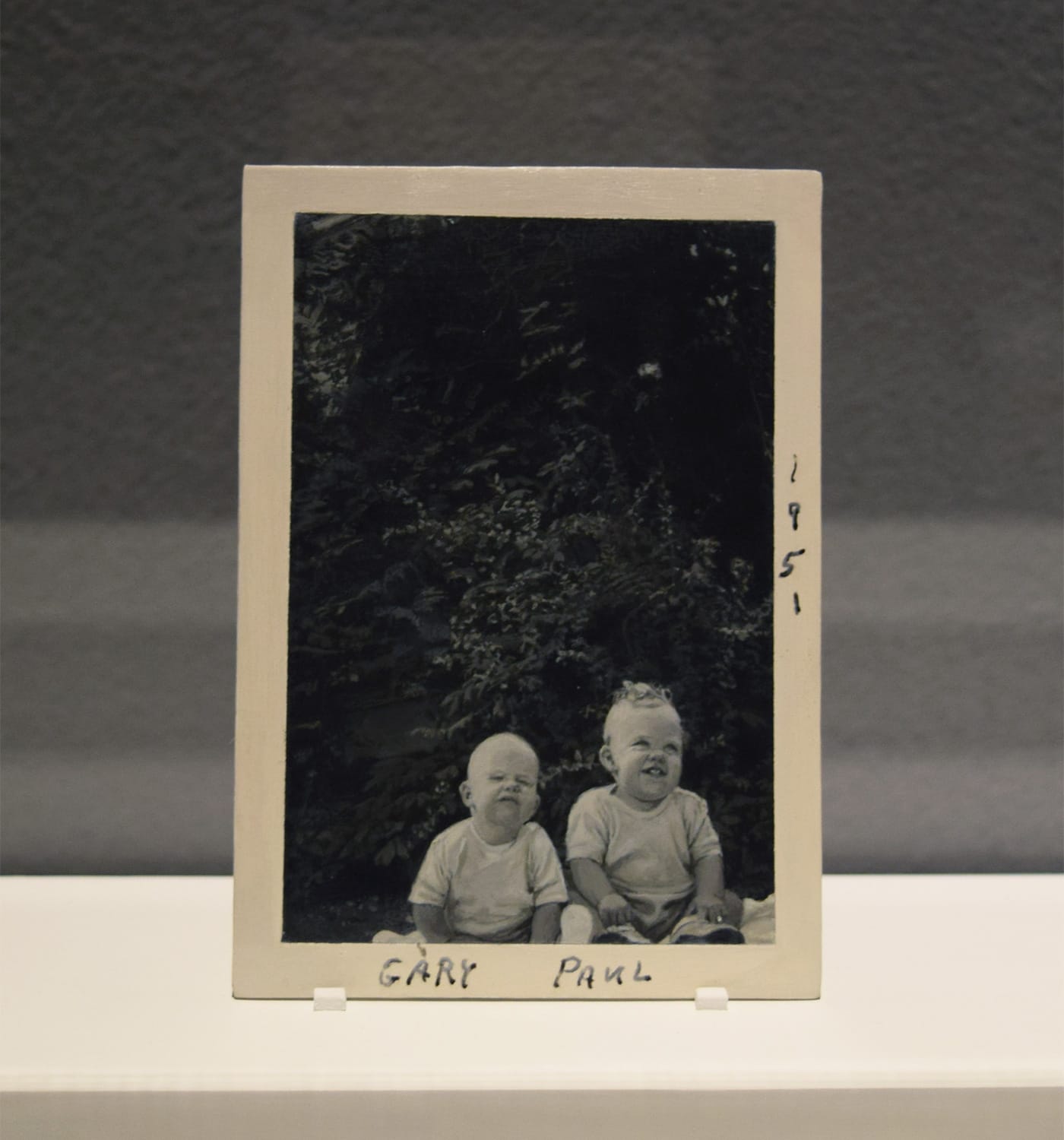
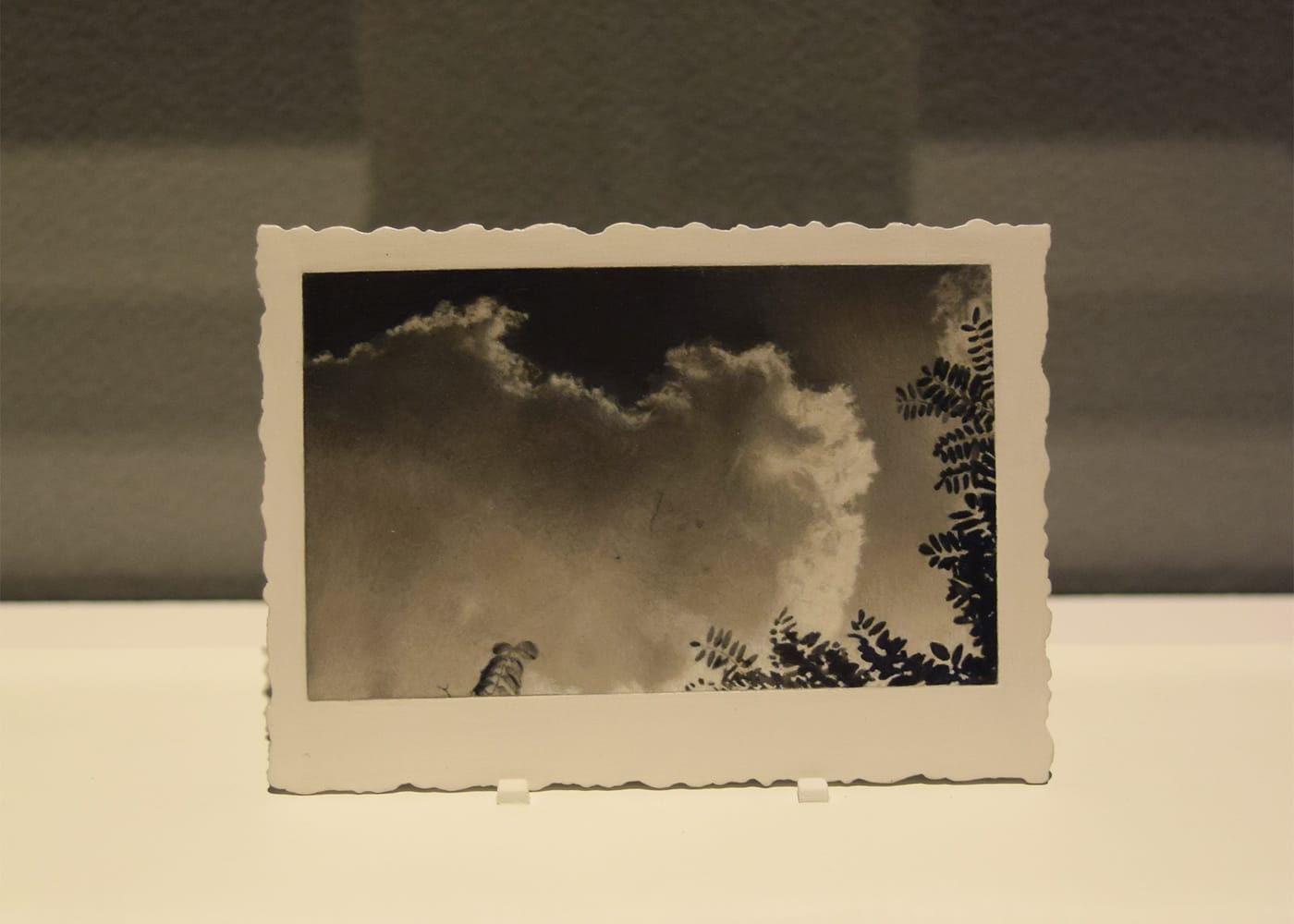

What look like vintage photographs on display in pristine glass cases in Fraenkel Gallery’s booth are in fact exhaustively rendered paintings by the young San Francisco-based artist Elisheva Biernoff. The level of detail is stunning, from the painted stamps on the backs of the works to seemingly handwritten notes in the faux photographs’ margins. These tiny snapshots invite viewers to imagine the lives and times of their subjects.

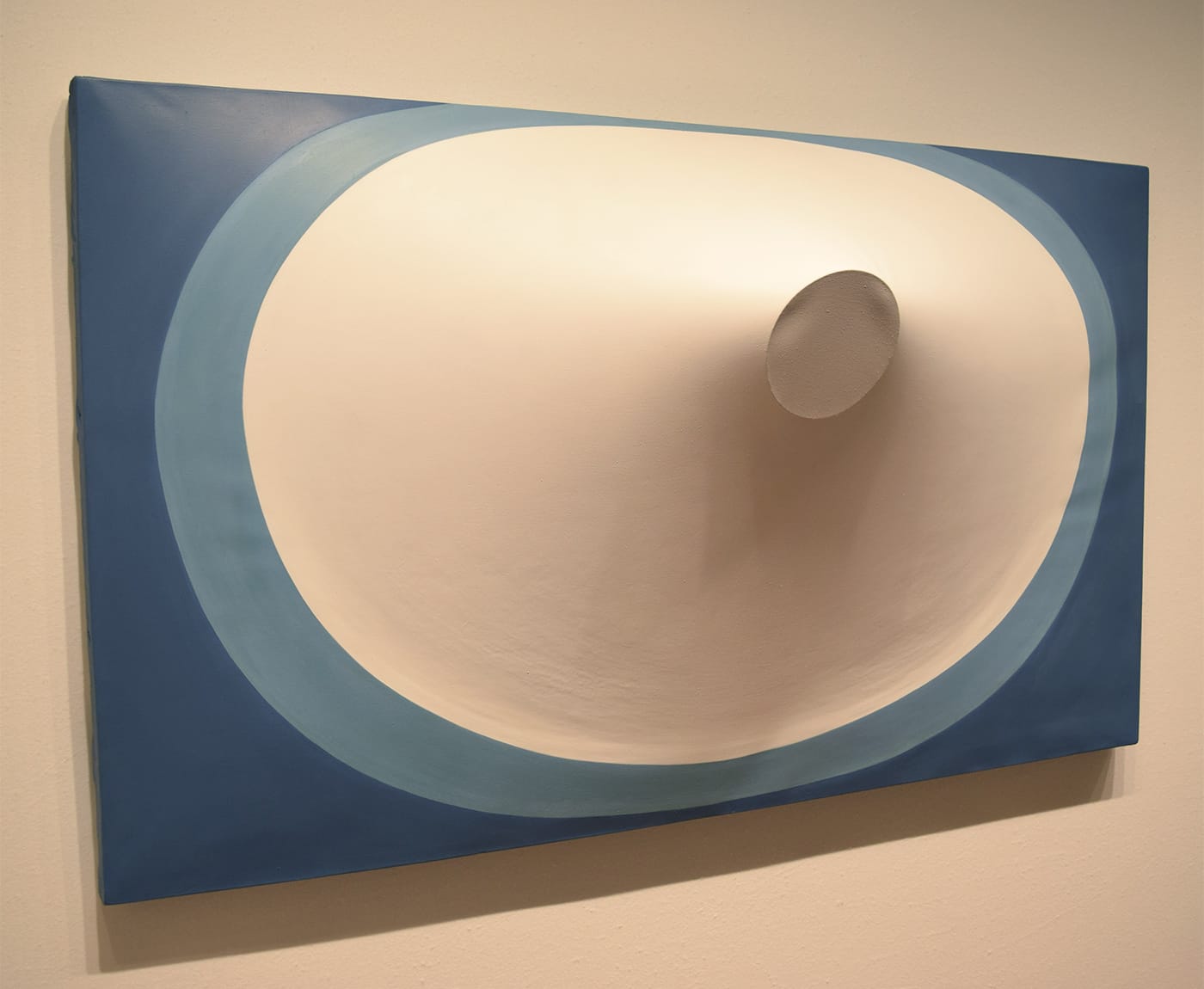


The Cuban-born, Puerto Rico-based artist Zilia Sánchez has been painting abstract forms on shaped canvases for decades, and a group of these elegant works spanning the 1960s to 2015 are on view in Galerie Lelong’s booth. The clean lines and cool palettes of the shaped canvases contrast nicely with a pair of comparatively chaotic drawings hanging alongside them.


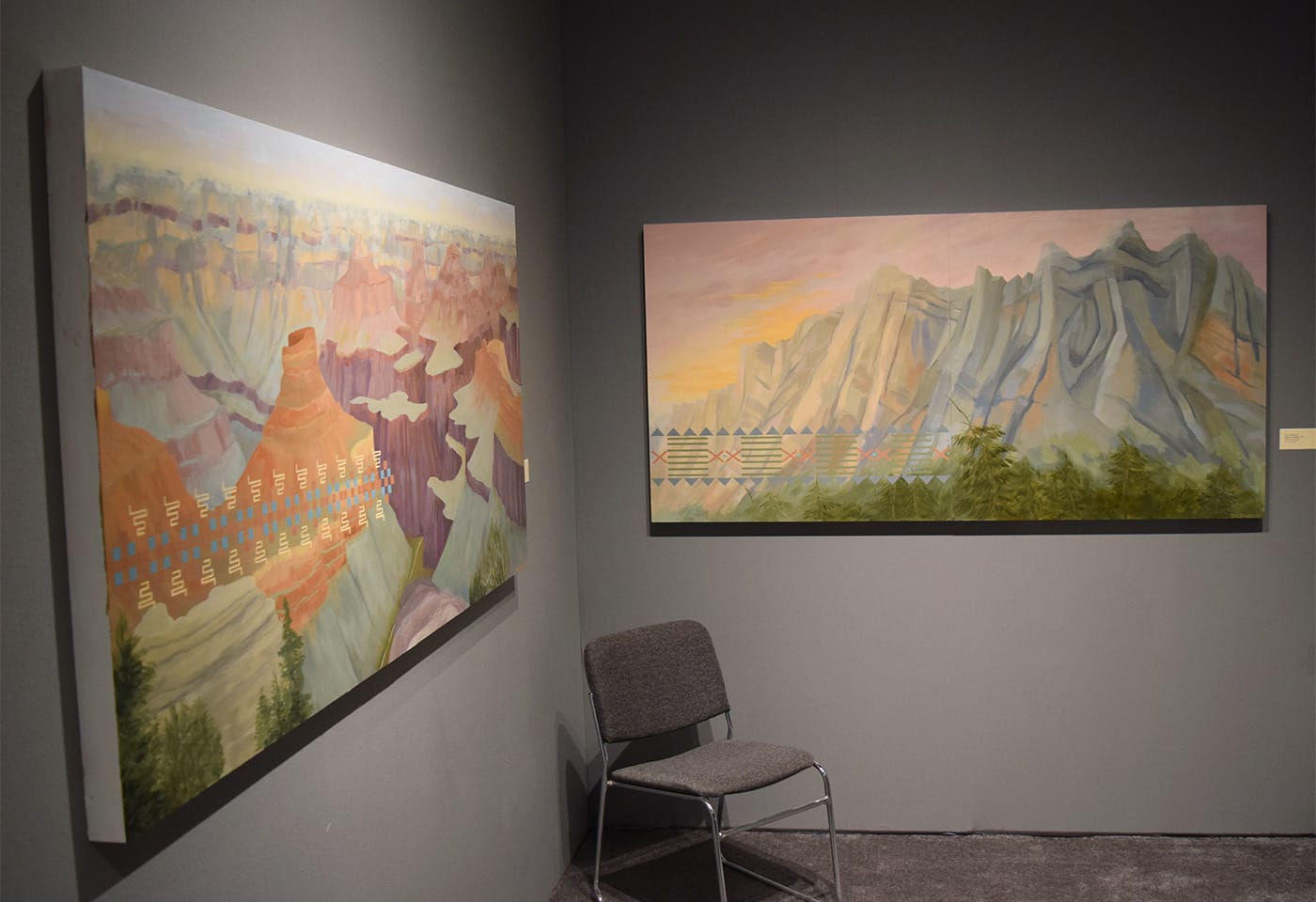

Two bodies of paintings by the Cherokee artist Kay WalkingStick are on view in June Kelly Gallery‘s booth. Though her textured abstractions of the 1980s are more immediately gripping, there’s an enigmatic and transporting power to her most recent works, which feature expansive views of landscapes in the Western US overlaid with decorative patterns drawn from the indigenous cultures that once called the corresponding lands home. These subtle, elegant works hint at long histories of systemic violence; in their quiet way, they are among the most pointed political works on view at the ADAA Art Show.
The ADAA Art Show continues at the Park Avenue Armory (Park Avenue at 67th Street, Upper East Side, Manhattan) through March 5.




